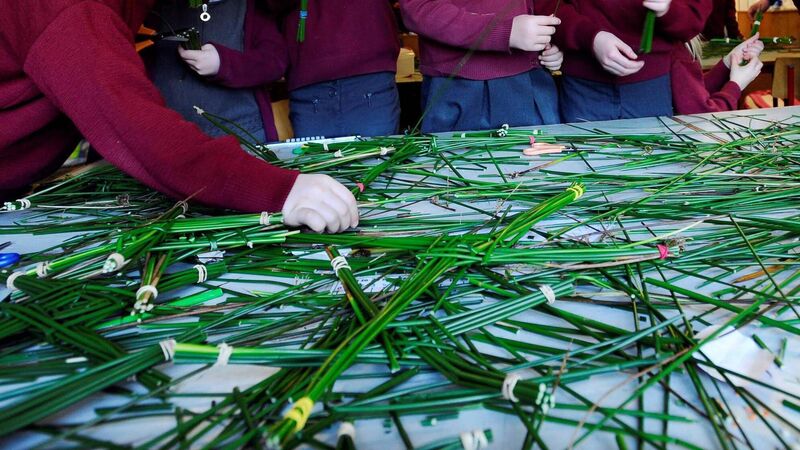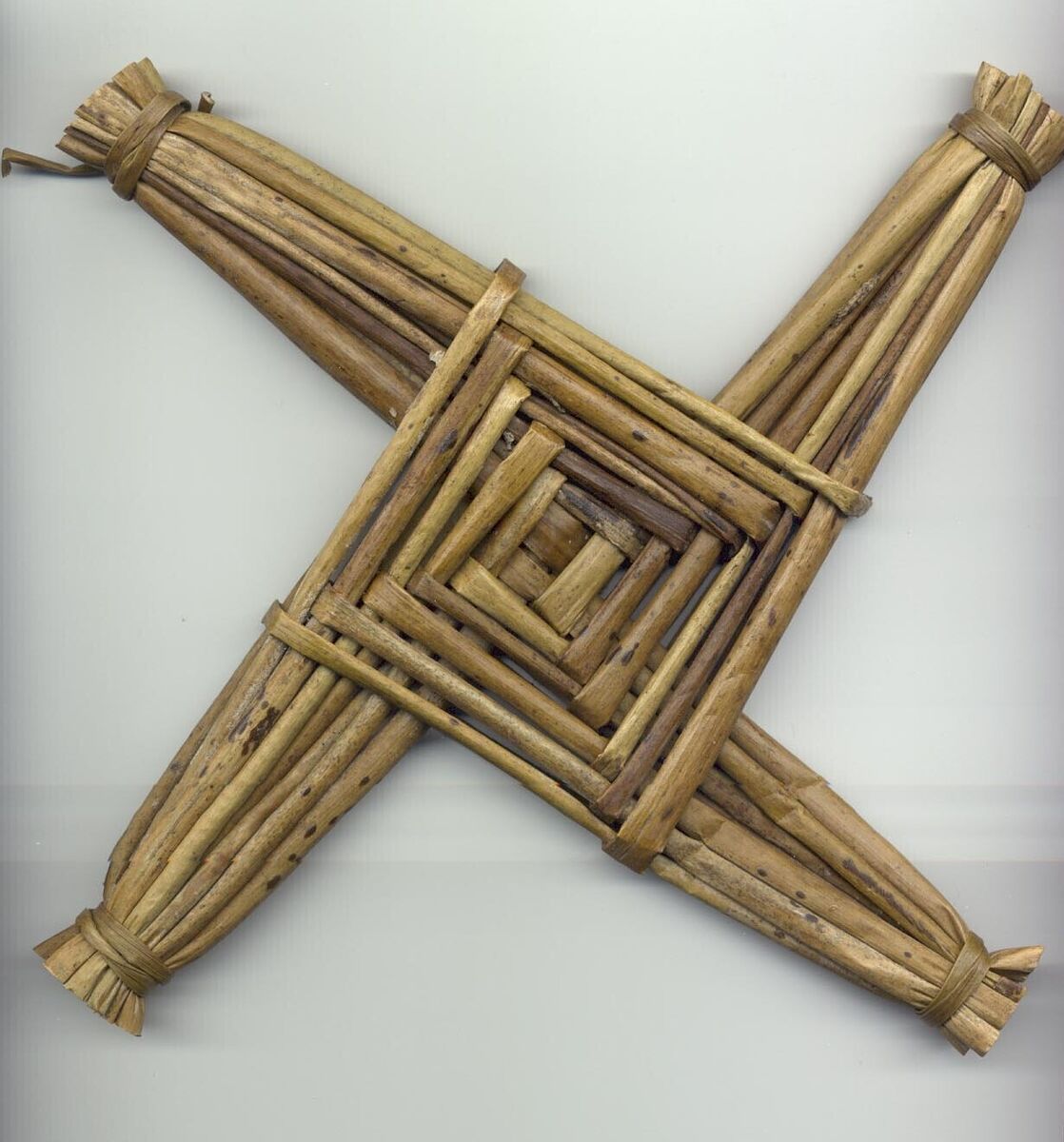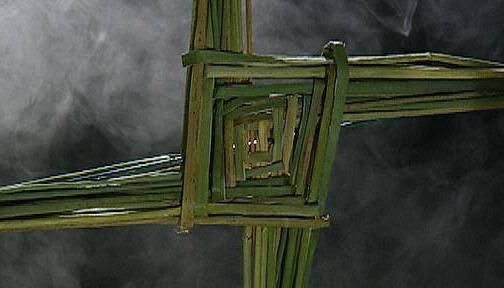Donal Hickey: Will Brigid's promise hold true?

The most common surviving custom relating to the feast is the making of St Brigid’s crosses which are hung up in people’s homes to honour the saint and gain her protection. Picture: Denis Scannell
It’s something of an irony that the celebration of Ireland’s favourite female saint involves one of our most unpopular plants.
Associated with poor land, and the bane of the farmer, the rush now comes into its own as the custom of weaving St Brigid’s crosses with this prolific, green plant lives on.
You might have thought that, due to large-scale land reclamation, drainage and subsequent loss of wet habitat, rushes might be greatly reduced in Ireland.
However, many farmers across the country continue to fight an on-going battle against them.
“It’s a safe bet that in pasture land on many farms, rushes have emerged and increased in recent years,’’ said Anthony O’Connor, of Teagasc, Galway/Clare.
Countless farmers have spent lifetimes trying to eradicate rushes, but climate change and wetter weather are leaving land open to rush invasion, with unmistakeable clumps now a common sight in drier areas.
Indeed, so widespread is the plant it could become one of our national symbols. People once spread rushes on the floor to welcome visitors to their homes.

The upland Sliabh Luachra region along the borders of Cork, Kerry and Limerick — famous for traditional music and poetry — takes its name from the plant. And yes, rushes are abundant there.
Traditionally, St Brigid’s Day, February 1, has been a time of optimism. A long winter has passed, daylight is increasing and growth is evident. We warmly greet the first day of spring.
In folklore, the saint promised that half of her own day and every second day onward would be fine.
“The farmers now hoped for good weather to speed the spring ploughing and digging, to symbolise which many of them turned a sod, or two, in a tillage field," noted leading folklorist Kevin Danaher.
Strangely, in parts of West Cork and Kerry, work which required the turning of wheels was carefully avoided. Women, we’re told, refused to operate sewing machines and men would not cycle their bikes.
Years ago, the seasons were far more predictable: virtual guarantees of snow and frost and no winter growth. Now, growth is all around us. Brigid might be surprised.

The most common surviving custom relating to the feast is the making of St Brigid’s crosses which are hung up in people’s homes to honour the saint and gain her protection.
Rushes are the basic material, though straw is sometimes used, and many schoolchildren continue to make crosses.

The simplest form, seen on an RTÉ logo, is made by doubling four rushes over each other to fashion an overlapping cross. More expert makers can use up to 20 rushes.








